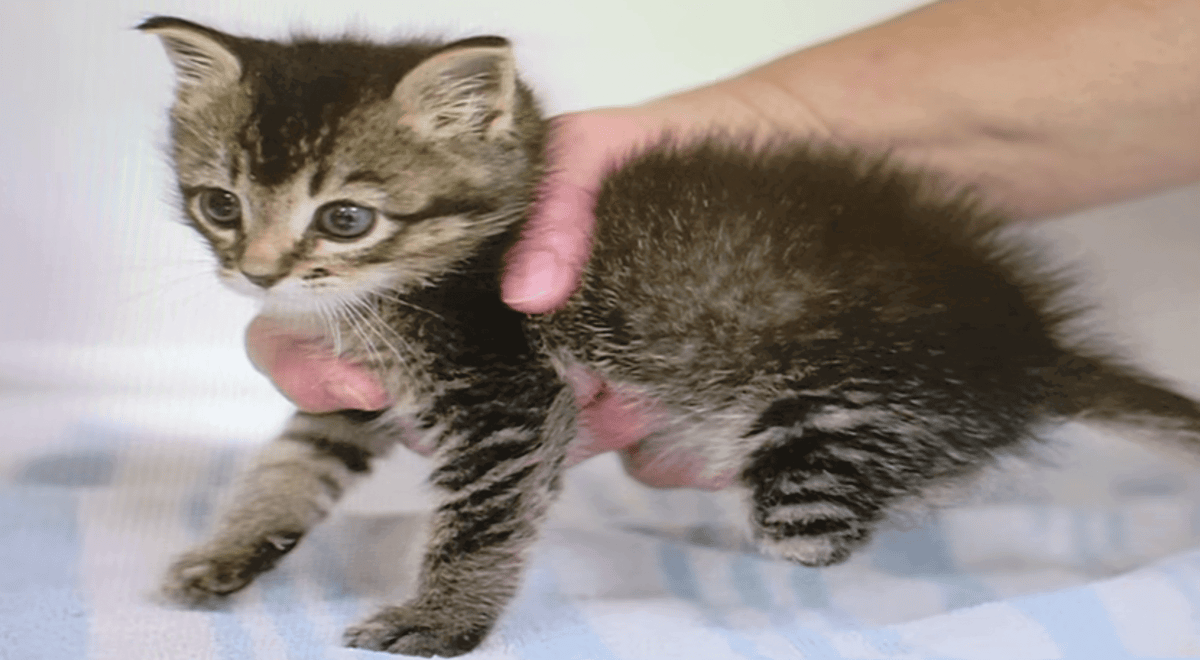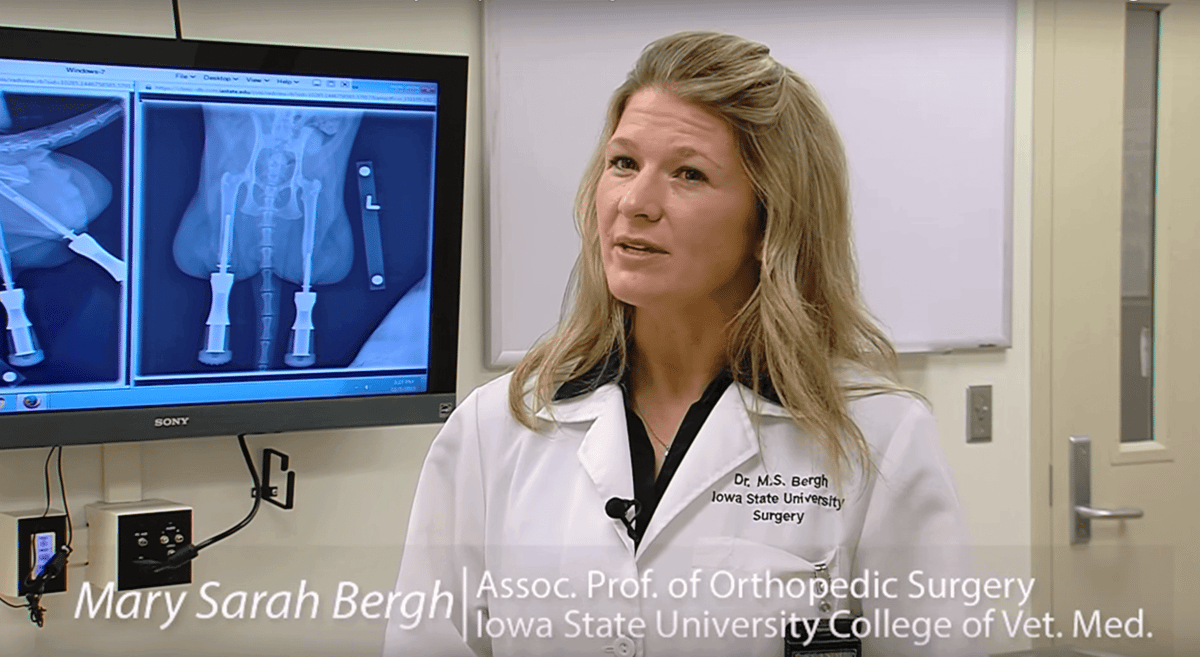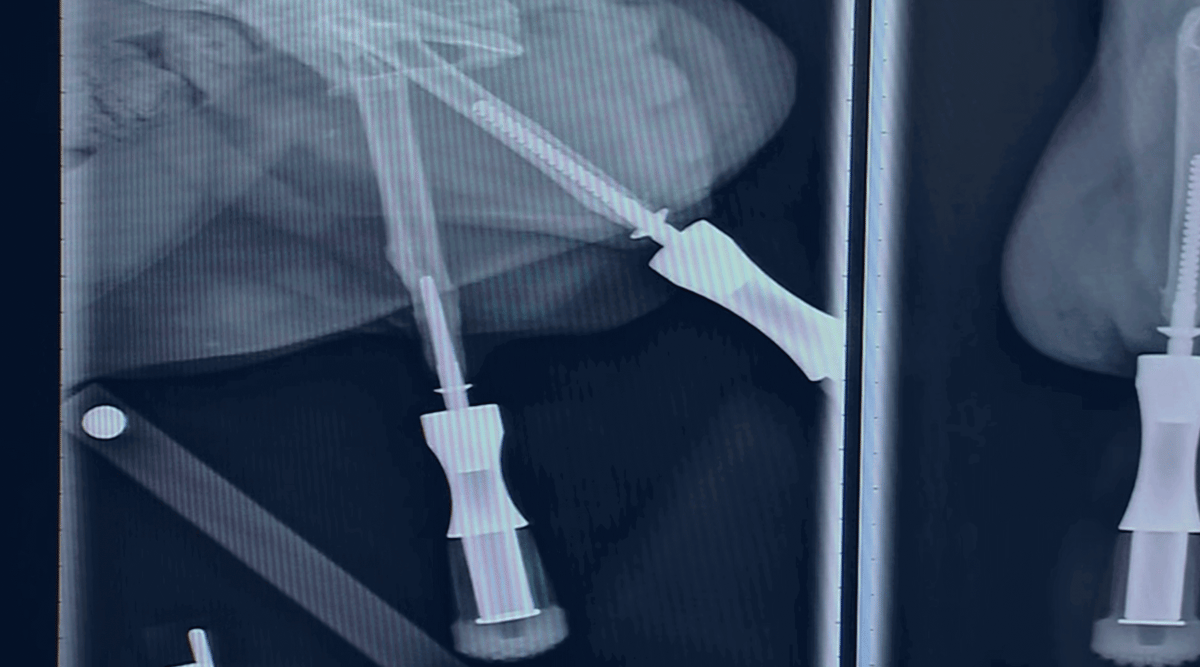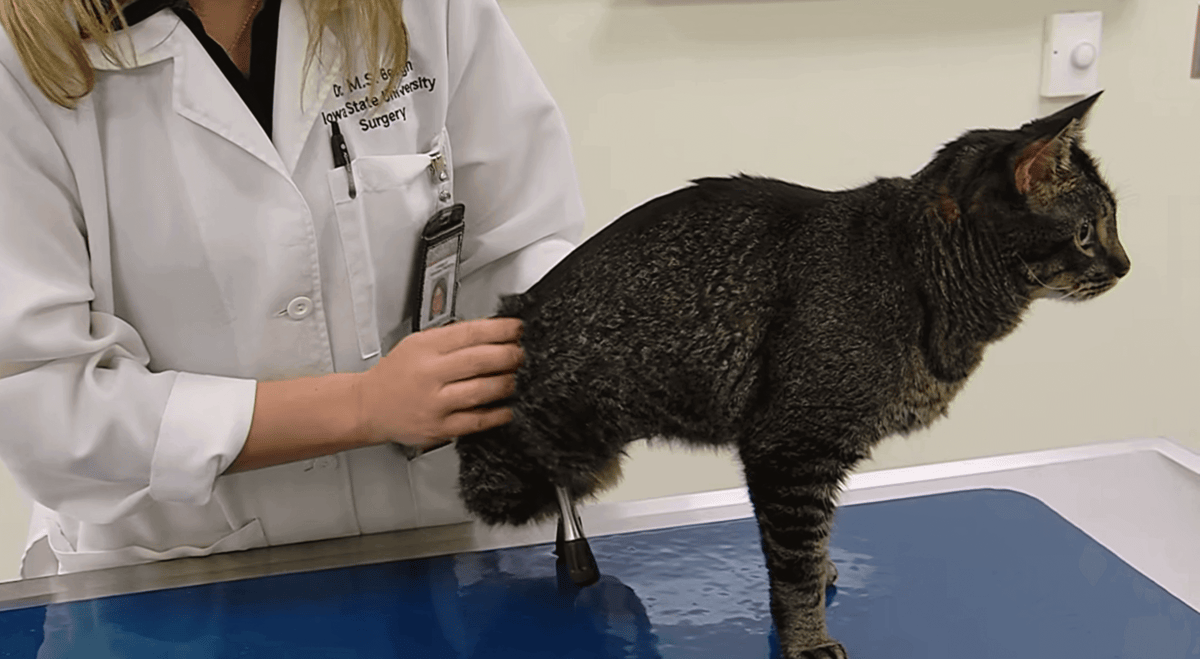We’ve seen 3D printed carts, wagons and crutches for disabled animals. Now prosthetics are being developed to further the help we can give to these pets in need!
Vincent the cat was born without rear tibias. It‘s a very rare condition affecting fewer than around twenty five animals in the world… it means Vincent is unable to walk.
In the wild, this abnormality in his hind limbs would have meant death. Fortunately for him, he was found at a campsite and taken to the County Animal Shelter in Nevada, Iowa where he was adopted as a kitten.
Here Dr. Mary Sarah Bergh, from Iowa State University, decided to help Vincent out by building a pair of usable legs, using 3D modeling and printing, which were to be implanted into his legs.
She said: ”Putting these implants in his femurs was going to be the best option to give him legs so that he could actually walk for the very first time.”
Dr. Bergh worked with Biomedtrix to build extruded titanium-alloy legs that are embedded directly into Vincent’s bones.
This means he has metal posts poking through his skin, which is a unique type of problem to deal with, but seriously reduces any complications and sores which would have occurred as he grew. The bones even grow around the metal and can be modified as Vincent grows!
Dr. Bergh said: “I think this does open the door for us to be able to help other animals that have similar problems. And even what we’ve learned just through Vincent’s one case, we’ve actually refined the technique and the implants, so the next cases we do moving forward will be even more successful.”
Vincent is now three years old and has taken to his prosthetics very well, meaning he can now walk with ease and stability.
Are you impressed by Vincent’s new legs? What do you think is the future for cat prosthetics?
License: The text of "Vincent the Cat Can Walk Thanks to 3D Printing" by All3DP is licensed under a Creative Commons Attribution 4.0 International License.



